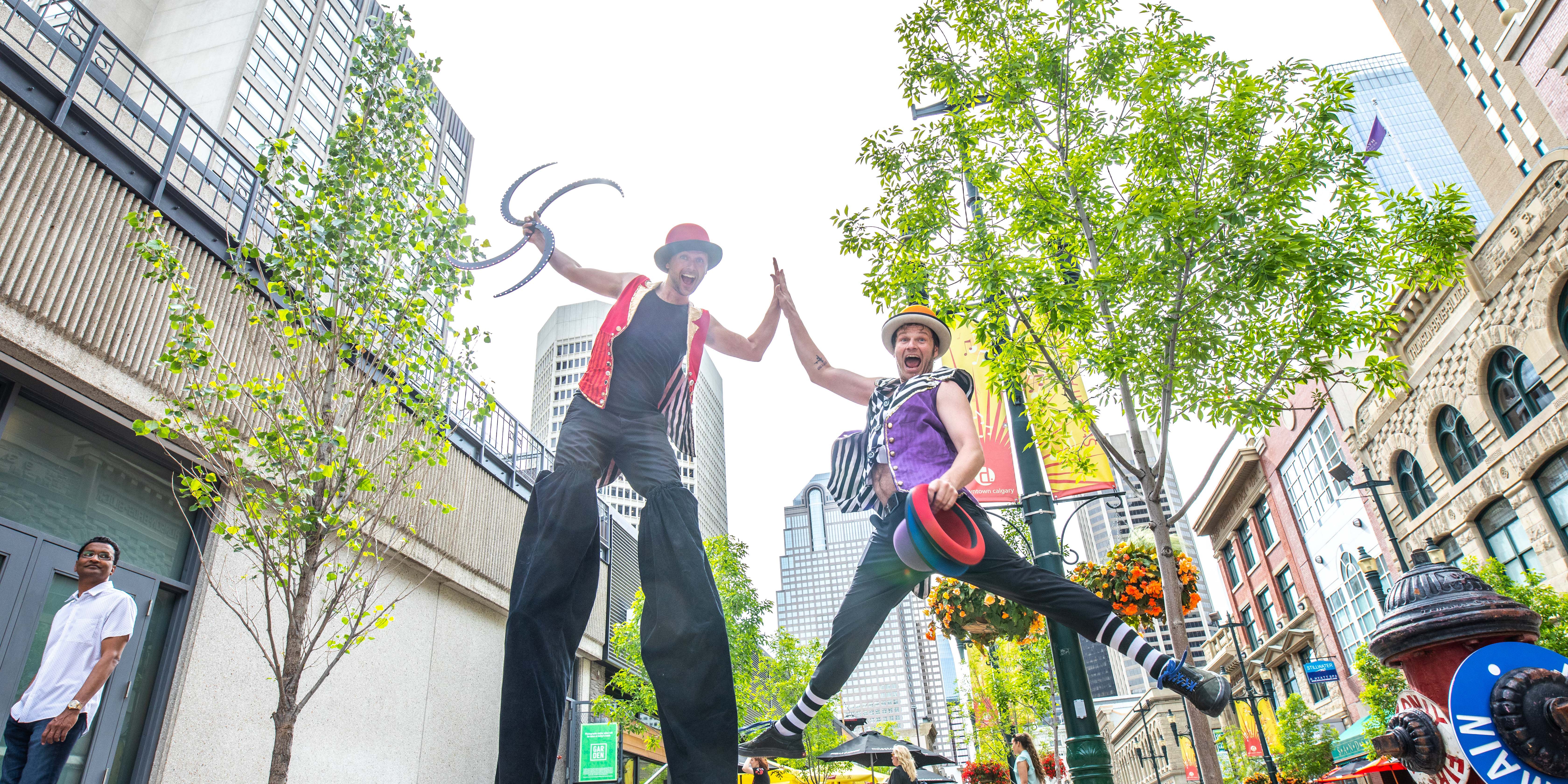Numbered are the days of white tablecloths, long dinners and even longer speeches — today’s event attendees expect to be informed, entertained, fed and watered in new and exciting ways.
With the amount of B2B events such as conferences, conventions, and tradeshows predicted by Amex to increase, the pressure is on to incorporate fresh design trends year on year to keep delegates interested and engaged.
We’ve selected six of our favourite event design trends to give you a head start...
1. Interactive experiences
Events are best when they organically inspire active attendee participation and in order to ensure people are discussing an event long after they leave, it is worth being bold when it comes to interactivity. It’s increasingly important to meet the public’s growing desire for experiences over things. Gamifying displays in innovative ways will not only engage attendees in the subject or product in a more meaningful way but also prompt them to share these experiences with their friends, colleagues or social networks.
Responsive flooring (via LED or projection) might light up when certain numbers of people undertake different actions; try proposing this as a puzzle in an area between halls, for example.
Big games like giant jenga allow your attendees to hit three core active rest
factors: reverting to a childlike mindset, physical movement, and visual
thinking skills.
Crowd-responsive lighting via wristbands or RFID tags in lanyards fulfills that
increasingly-popular need for personalized experiences.
2. Digital design integration
It would be easy for us to claim that some form of technology is the next big thing in event design — but this just isn’t the case. Even tech which still feels futuristic is now commonplace: stats from Eventbrite say that 88% of planners intend to include Virtual Reality.
The trend for 2020 and beyond will be using this tech in new and exciting ways. Attendees can get creative expressing ideas on a digital graffiti wall. A social media screen can be set up to display tweets using the same hashtag (bonus: people which aren’t able to attend in person can still engage with the event).
3. Allow attendees to get social
Does the thought of an event consisting solely of darkened room and consecutive talks excite you? For most, the answer is no.
Think about what knowledge and skills your event is helping to impart to its core audience — then aim to build the physical environment around that.
Having comfortable seating and a roving mic in an open space then opening the floor to flash talks — 10 minutes, no Powerpoints — can totally change the dynamic in an audience and lead to highly creative discussion. Smaller rooms furnished with a round table, wheelie chairs, post-it notes and power banks could be just the ticket to running a workshop which launch the next big Amazon Alexa skill. Placing sofas in groups allow people to take conversations or Q&As into a comfortable corner.
4. Create playful connections
Does anyone enjoy mingling with strangers while balancing a phone, cup of coffee, and three mini croissants? It’s worth considering ways to make connecting playful.
An event app can be used to set connection challenges to rack up points to win prizes. Perhaps only after chatting to the headline sponsor will an attendee get a code to get 20 points; while tweeting using the hashtag generates a bot response with the code for extra points.
Set up a speed dating session, with each pairing getting two minutes to pitch what
they need for their business in the hope that the recipient has a helpful
connection.
While these types of ‘games’ don’t necessarily need to be a focus of an event, they
can be an excellent way of disrupting the more functional day-to-day elements,
adding some fun, interactive and, at times, competitive distractions.
5. Make it surprising
It’s worth considering keeping some aspects of the day secret. Revealing them a couple of days before, or even on the day of an event, can focus the attention and elevate the energy levels of those attending.
Try asking your high profile keynote speaker if they’ll hang around afterwards and
sign some books to be given away or organize a short, end of event party with
local band.
Alternatively, use add-ons as an upsell: luxury experiences such as a local river cruise, VIP lounge, or pamper station could be available for an additional fee a few weeks before the event. Boost the feel-good factor by informing delegates you’ll be donating the fee, or a proportion of it, to charity. Which brings us on to...
6. Show responsibility
Attendees increasingly have ethics on their minds especially when it comes to business travel. Meet this by addressing an events ethical vision regularly and in the open.
Perhaps your check-in system asks where people travelled from, and by which transportation method — then signposts them to carbon-offsetting websites.
Using local and seasonal food in each break connects your event to the nearby
communities and supports local businesses.
The opening welcome message is notoriously dull for its necessary inclusion of fire exits, agendas and so on — but liven it up by including some relevant stats. These could be about how many subsidized places for young or charity delegates you’ve been able to provide at this year’s convention, or — if it’s a gala dinner — how all food excess will be donated to local homeless shelters.
Hopefully we’ve provided some food for thought around how your next event can stand out. Let’s keep chatting all things events on social media @ctcc_calgary
To discover more event trends and stay up-to-date with industry information, join our monthly newsletter, created and curated by our team of event professionals.

